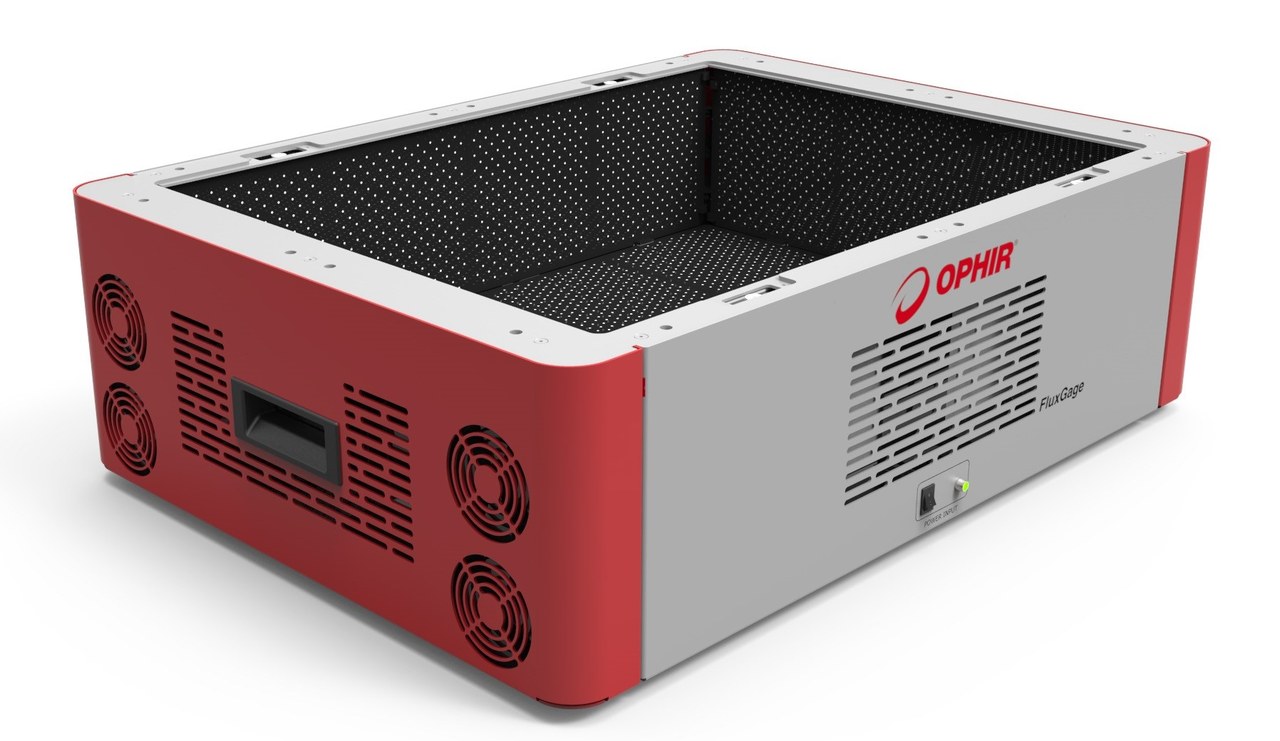White Paper: FluxGage - A Photometric Test System for LED Luminaires Based on Solar Panels
We present a novel photometric test system for LED luminaires. The new photometric system called „FluxGage“ uses solar panels to detect and measure light. By placing a diffuser and a black pinhole array over a solar panels we achieve a detection surface which is also an absorber. This enables the system to be the same size as the DUT (Device Under Test), as opposed to an integrating sphere which is at least 3 times larger than the DUT. Simulations and experimental results show that this system can measure total flux with an uncertainty of 4.3%. The demonstrated system is used in 2π geometry. The system measures total flux, color parameters (CCT, CRI, chromaticity, etc.) and flicker.
White Paper: INTRODUCTION (EXCERPT)
The integrating sphere is the standard instrument for measuring flux and color of light sources [1],[2]. The fundamental makings of the integrating sphere are its spherical geometry and the white diffusive coating on its interior. Integrating spheres must be at least 3 times larger than the DUT. Additionally, the effect of the DUT‘s absorption on the measurement (self-absorption) must be calibrated. With LED luminaire sizes ranging from several inches to several feet, the required integrating sphere diameter reaches 6-10 feet (2-3 meters).
The FluxGage system is based on an opposite approach – a detection surface which is also an absorber, ideally absorbing every photon emitted by the DUT. With this approach, spherical geometry is not required, the measurement device can be the size of the DUT, and the measurement does not depend on the DUT.
The detection surface should have the following properties:
-
It detects light, i.e. it transforms light into a measurable electrical signal.
-
Light detection does not depend on angle.
-
Very little reflection.
The detection surface should have the following properties:
-
A diffuser is used to reduce the angle dependence of the solar panel responsivity.
-
A dense array of pinholes is placed over the diffuser using black matte paint, thus making most of the surface black. The light incident on the panels is therefore spatially sampled by this dense array.
_________________________________________________________
Download the White Paper!
Provided by
Efi Rotem, Raphael Cohen, Shimon Elstein, Daniel Sebbag, Ephraim Greenfield
_________________________________________________________
Supported by LED professional (c) 2017
The global information hub
for lighting technologies.

